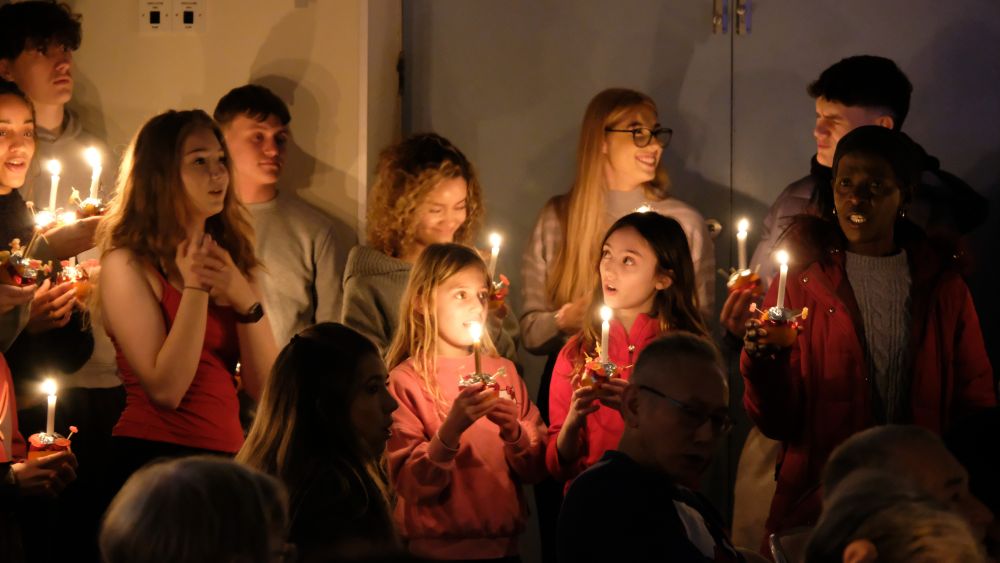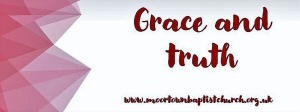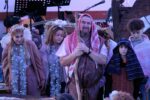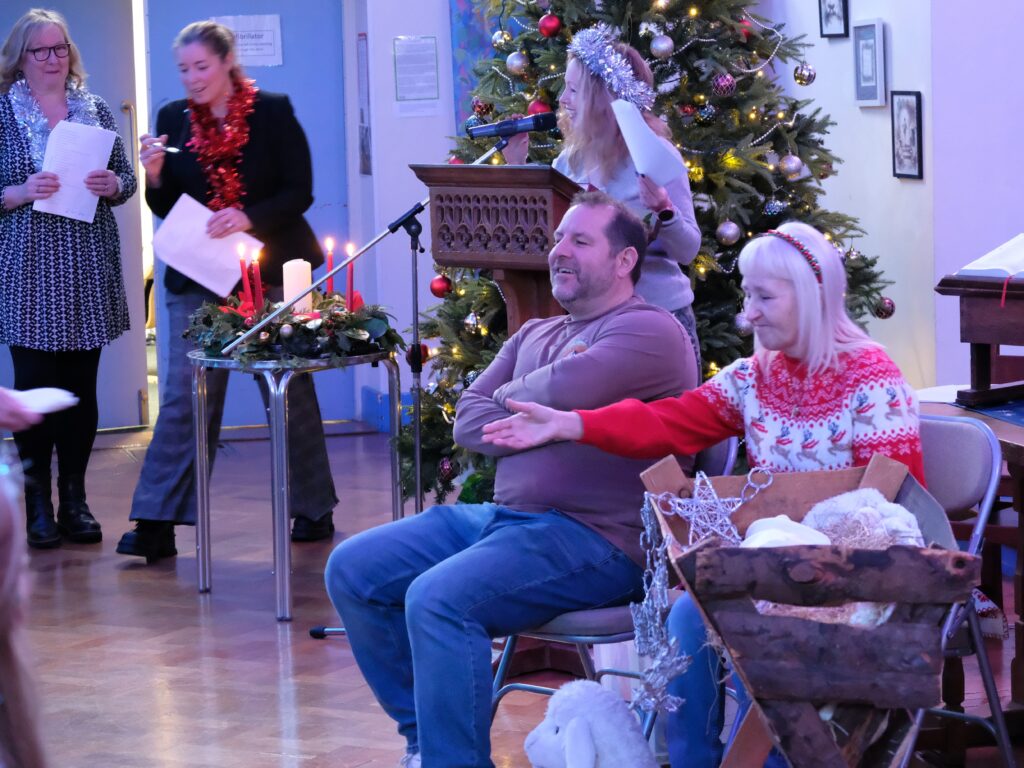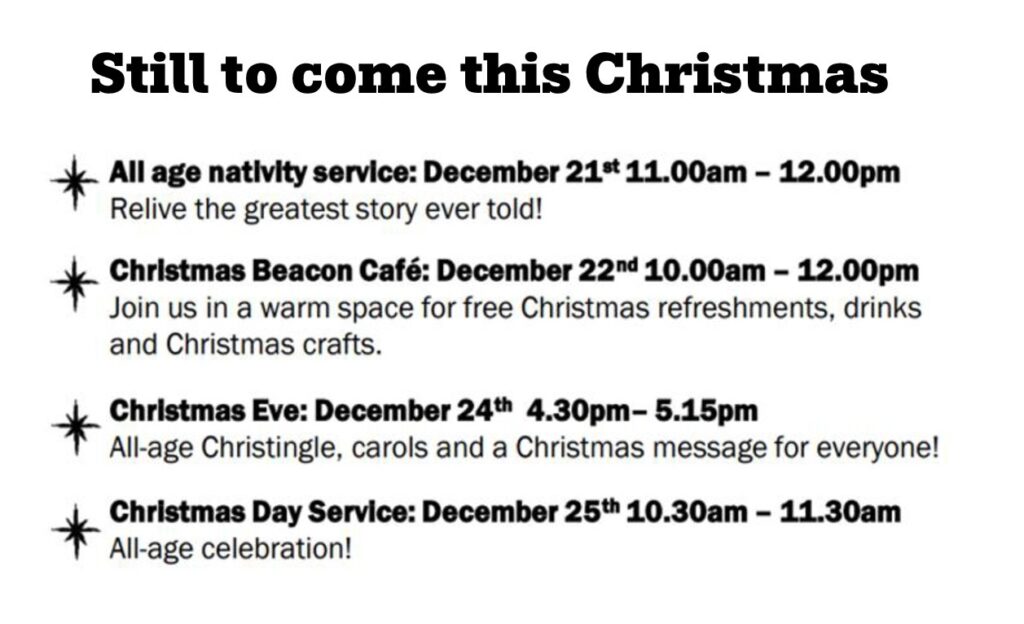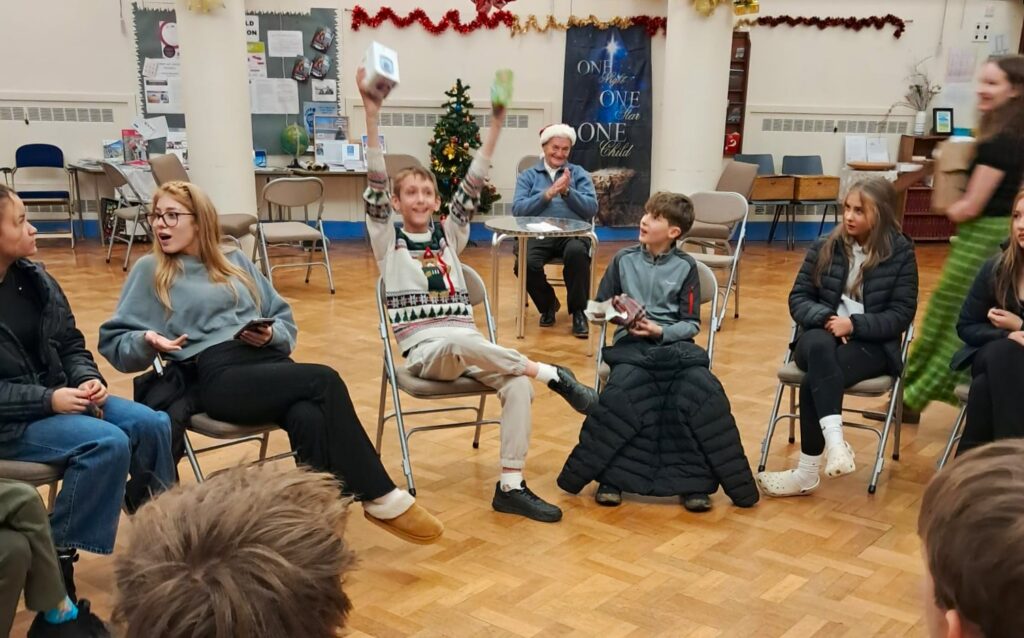www.moortownbaptistchurch.org.uk
Following Jesus and serving the community
Lasting for just over an hour our Sunday Service starts in church and on YouTube at 11am. The first Sunday of each month is Café Church and on the third Sunday we celebrate Communion.
An important part of our weekly worship is Sunday School. Here a small group of young children learn all about Jesus and the love of God.
Rounding off Sunday we have Rock Solid. Meeting between 7 & 8pm and majoring around having fun, Rock Solid regularly sets our teenagers some serious and not so serious challenges and tasks.
Monday… Our free Warm Space Beacon Café, 10am to 12noon.
Tuesday… Stepping Stones, a toddler group 10 to 11.30am.
Tuesday… The first of our Housegroups, only this one is in church between 12noon and 2pm.
Wednesday… 10.30am – 2pm. Lunch Club, games, quizzes and always a hearty lunch for our seniors.
Wednesday… 7.30 to 9.30pm. Our hybrid Housegroup. With half the group meeting at church and the other half online.
Wednesday… 7.30pm – 9.30ish. Ladies Housegroup in the comfort of someone’s home.
Wednesday… 7.30 to 9pm. Country Dancing.
Thursday… 2pm to 4. Open Door Craft Group. Our second Warm Space of the week. No experience needed, Free refreshments and always lots of chat.
Thursday… 7pm to 9pm. Bible Study, in church.
Friday… 10am to 11am. A second Bible Study, again in church.
Friday… And finally, between 8pm – 10pm, another Housegroup, again in someone’s home.
In addition to all this we also host or provide a Pastoral Team, which without overstepping the mark provides confidential support to anyone who needs it, we host a Parkinson’s Exercise Class, two Extend Exercise Classes (ideal for our older friends), Pilates, Pathways, a Christian Counselling team, Leeds and Moortown Furniture Store, PACT (Neighbourhood Policing Teams) and local councillor surgeries. In addition, and particularly at certain times of the year we host special Services such as those associated with Easter, Nativities, Christingles, Baptisms, Mission weekends etc. etc.
For more information about Moortown Baptist Church please email
admin@moortownbaptistchurch.org.uk
Moortown Baptist Church. 204 King Lane, Leeds LS17 7AA
www.moortownbaptistchurch.org.uk
